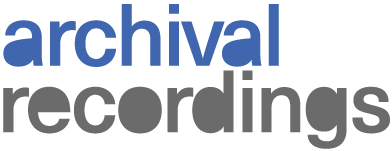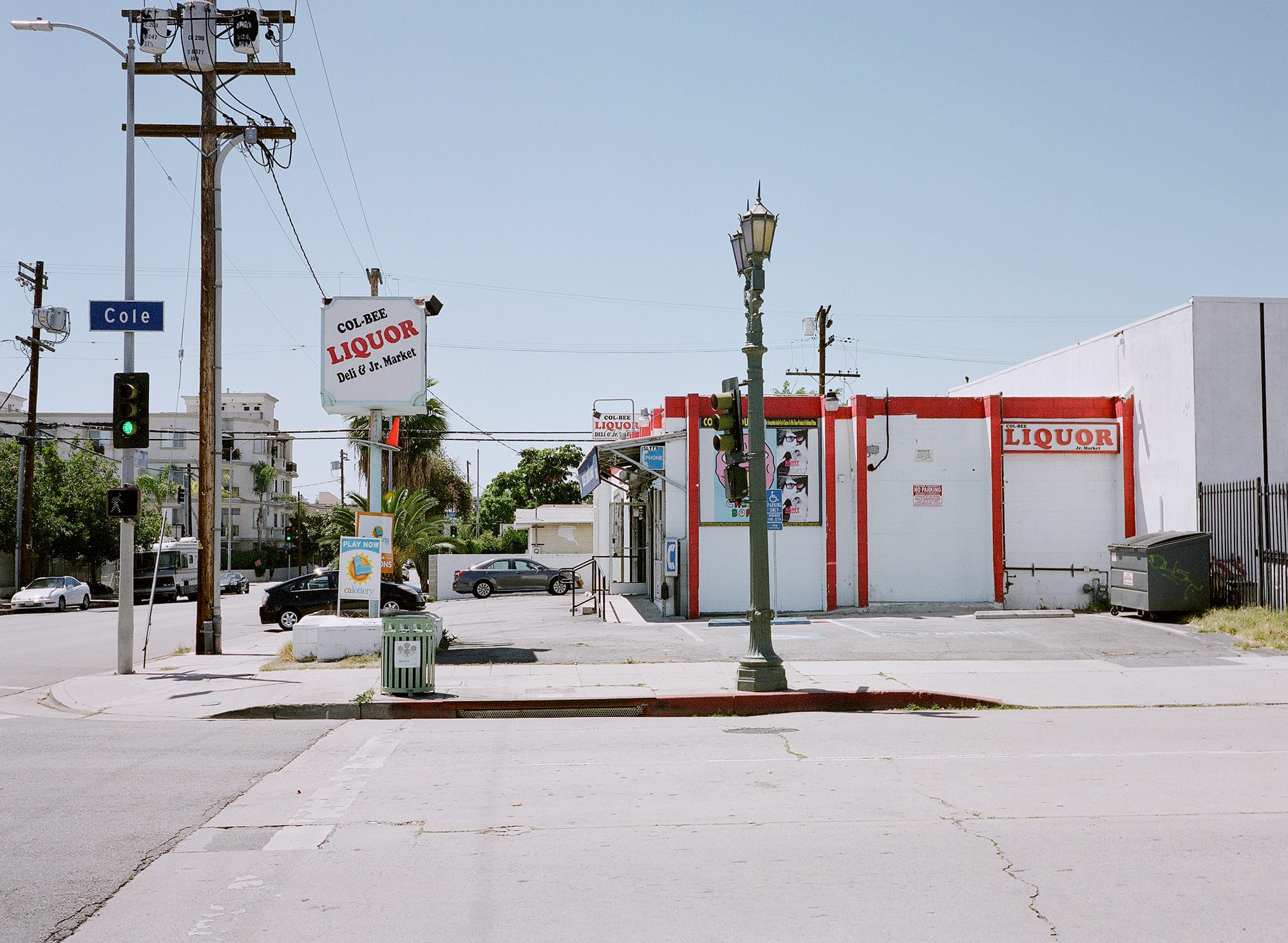The Art of Interpretation
Archival Recordings 26
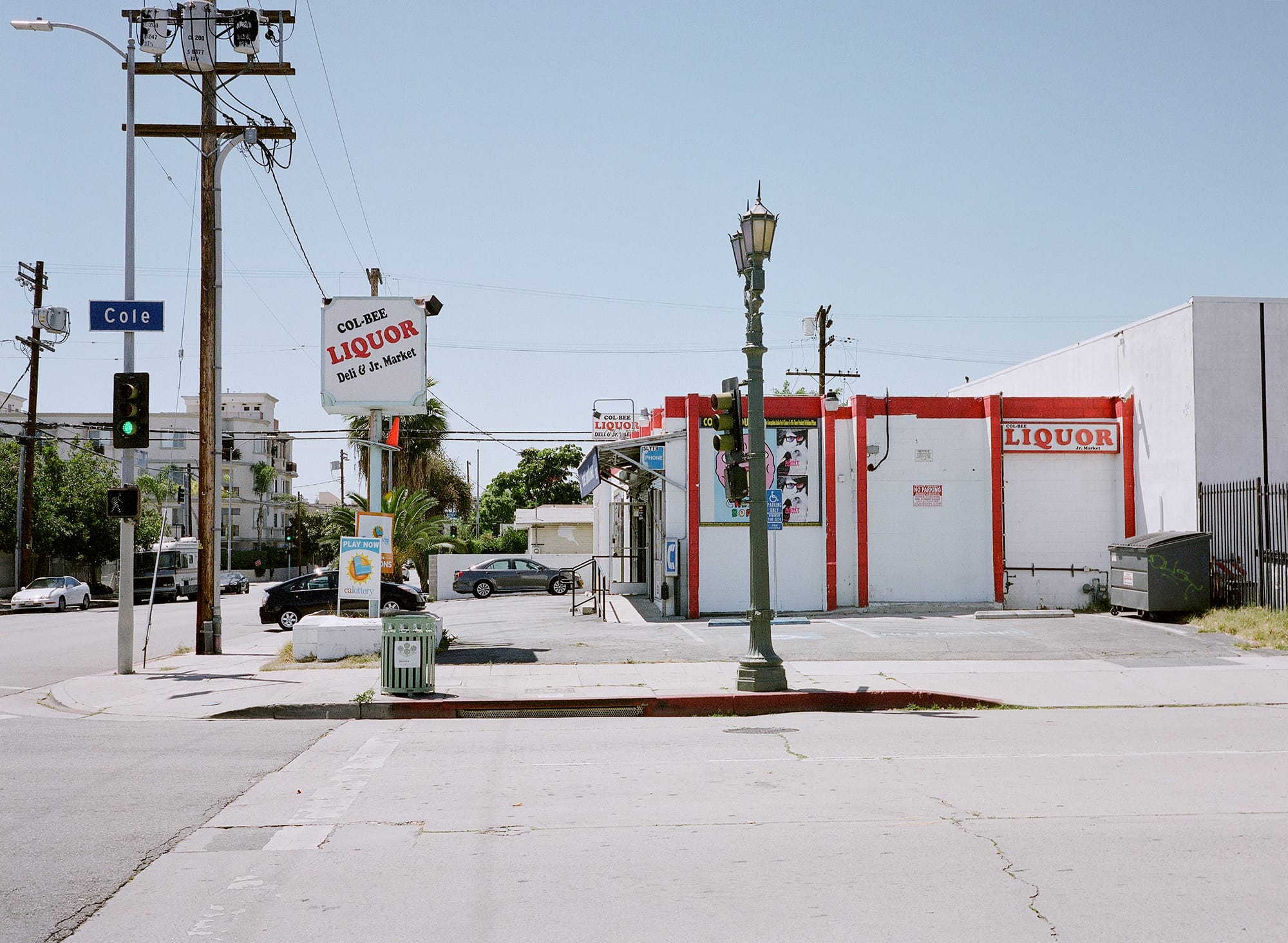
Archival Recordings 26
Interpretation
The concept of interpretation has always been a big motivator for my creativity. With photography specifically, it is one of the reasons that I started documenting the city in the first place. It’s a story that starts back when I was a kid living in the East Hollywood/Koreatown area of Los Angeles. Although it was years before I picked up a camera, I started noticing how different my impression of the neighborhood was from those who lived outside of it. People were constantly trying to tell me what MY neighborhood was actually like, as if their outside perception of the space overrode my lived experience. When I created my first photo essays, setting the record straight was one of my main goals. I wanted to fill the gaping hole that I saw in the discourse about what is and isn’t “real” Los Angeles. It’s not that my portrayal was the one true version, it’s that it wasn’t discussed as a part of the whole that bothered me most.
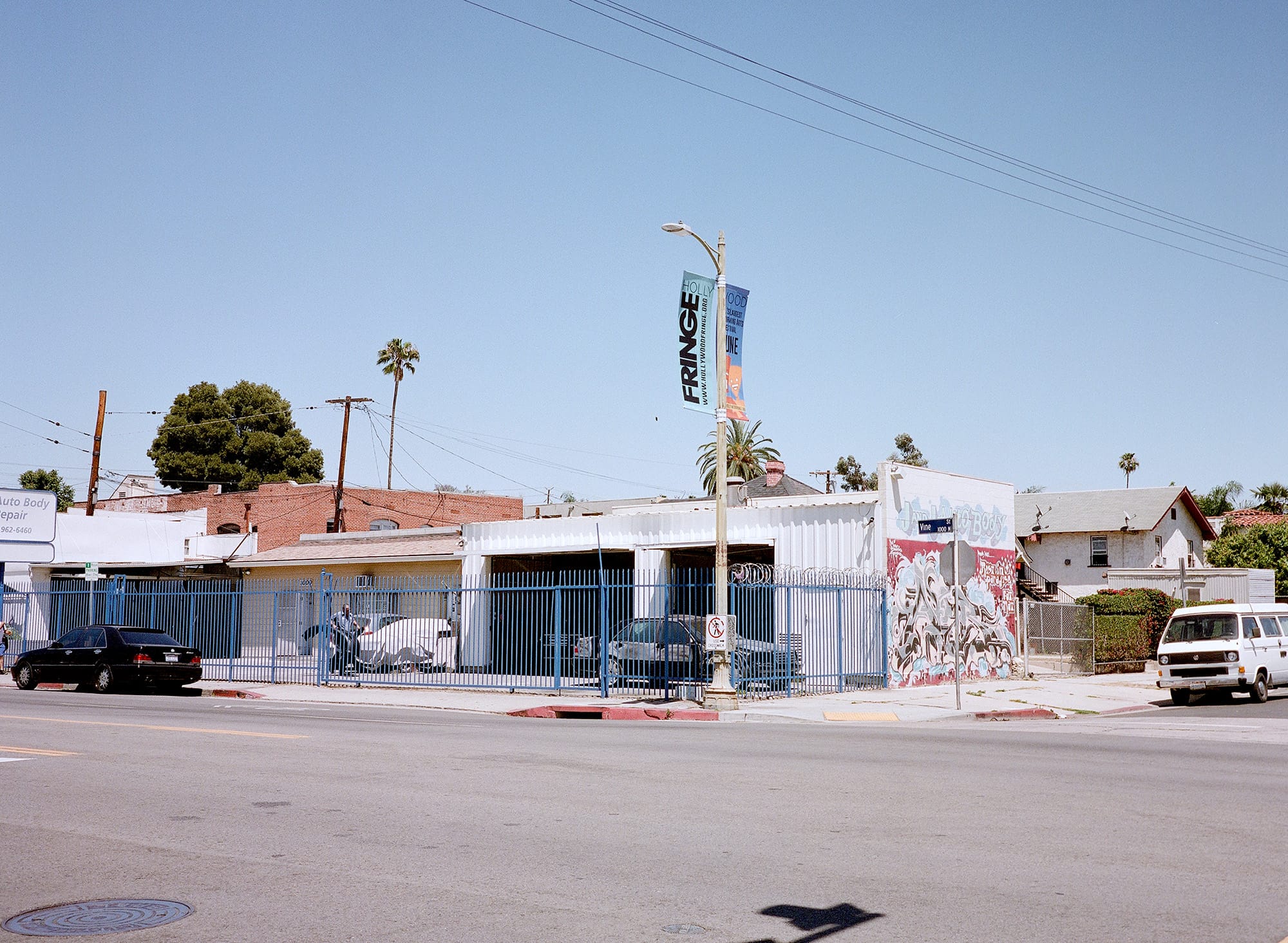
In 2015, with this dynamic at the forefront of my mind, I started work on a set of photo essays focused on the parts of the city that I grew up in. The first neighborhood I focused on was Hollywood and I titled the set “Sacred Space” for good reason. The L.A. arc of my family’s story revolves around this part of the city. Even after I moved out of the area I continued to attend school there. I chose to document the residential architecture and neighborhood topography because many structures were disappearing at the time (and have since been replaced by newer, more expensive apartments). I also included text with my essays from the very start, to provide the audience with context for the photographs I shared. This was before there was much discussion around gentrification in the major papers of record but people on the ground could sense the impending changes that were looming. As a lifelong resident, I wanted to capture what was left of my old neighborhood before it was gone forever.
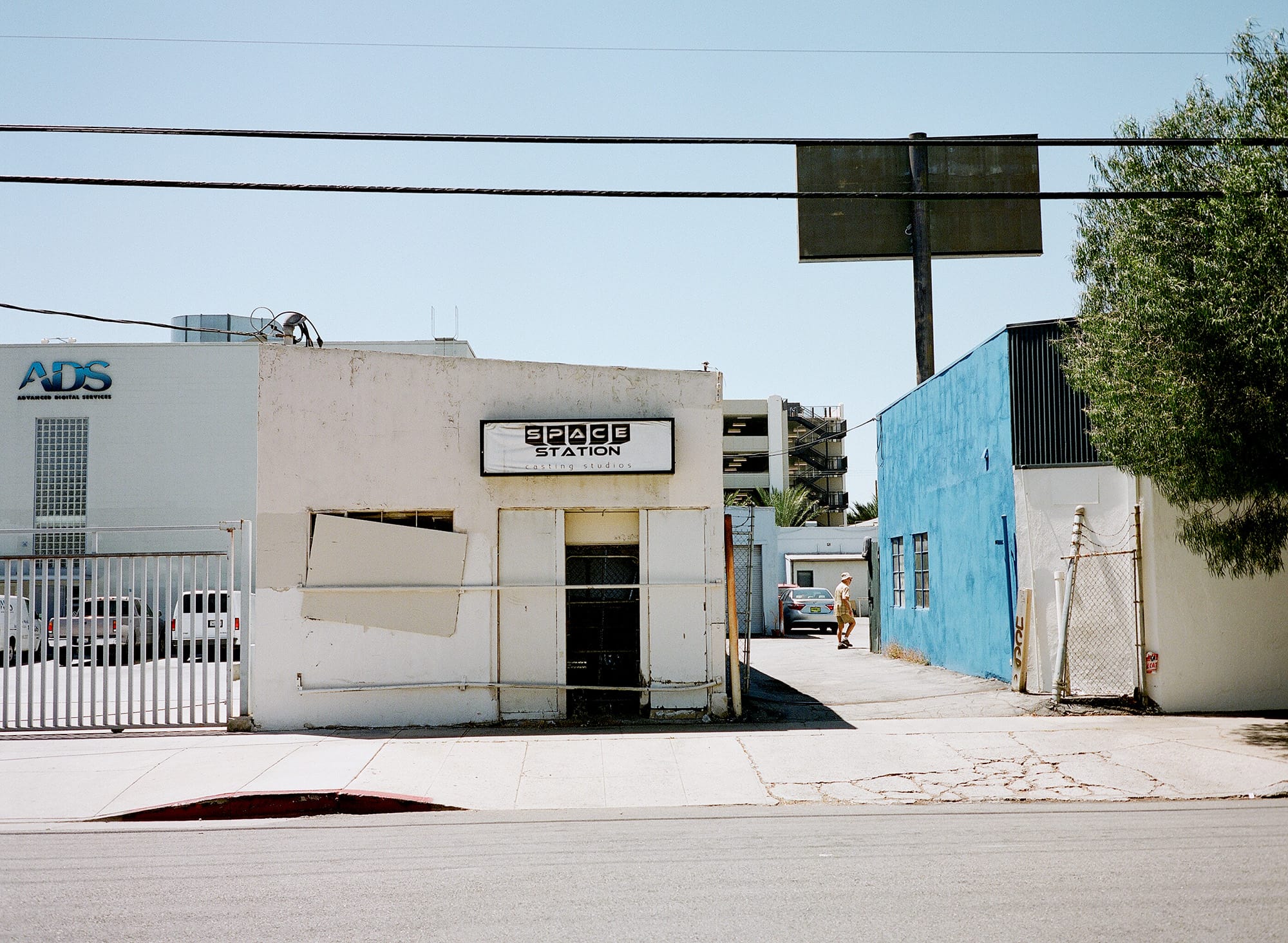
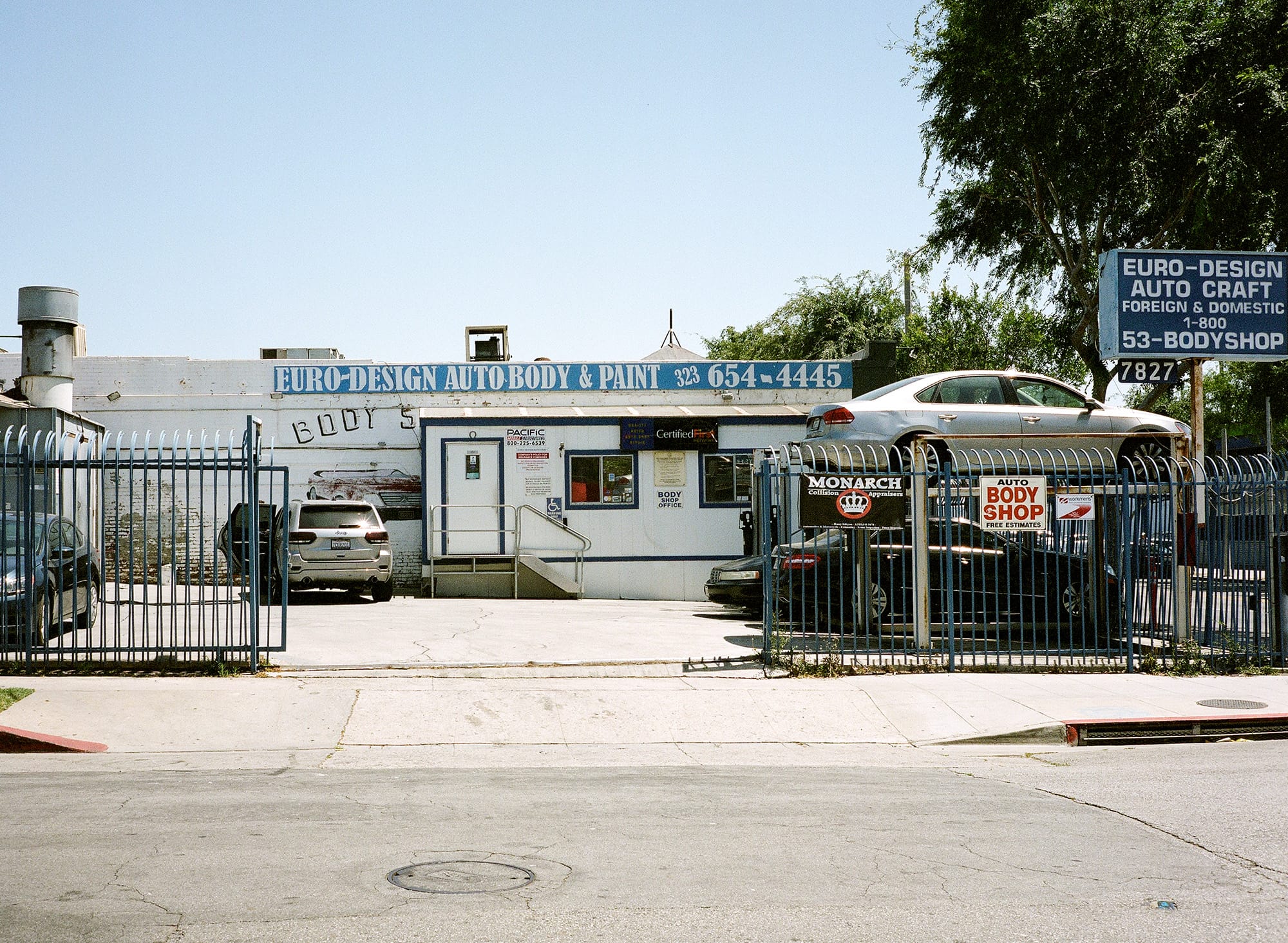
As I progressed as a photographer I started to pay closer attention to the role interpreting my images played in my practice as a whole. My first paid assignments were similar to the photo essays that I self published. I would be assigned a project and then would go take the photos and write about them. Although a few projects that did not require any written text came my way, the photo/text format worked well for me. It wasn’t long before I came to the realization that traditional photojournalism wasn’t the best fit for my work. And that revelation was an example of how large a role the act of interpretation played in my creative process.
By definition, most photo assignments require you to focus on the needs of the client or editor. It’s a basic part of the business relationship that I struggled with. My personal story and perspective are a large part of why I create in the first place and lie at the core of my photography specifically. I didn’t want to let go of the ability to present the audience with my side of the story. The pursuit of that sort of creative freedom comes at a cost but I’ve had some incredible opportunities to express myself in this way, from my early work with L.A. Taco, PBS SoCal and Curbed Los Angeles (RIP) to my 2022 residency with the Los Angeles Library. And now with Archival Recordings, I have the space to focus on what I think is the best form of my work with no compromises.
On a larger level, “who” gets to interpret and present images is critically important. My hesitation to cede that control has to do with the lack of voices like mine in these spaces. The slow motion collapse/consolidation of mainstream journalism across the board has created an opening that I hope more independent artists, journalists, and creatives will begin to fill.
4 years ago this Week
In August of 2020, the world was navigating an unprecedented pandemic. As a photographer, almost all of my freelance work had dried up and I was plugging away at the precursor to Archival Recordings called The Public Work. I had received an email the week before asking if a photo of mine could be used for a write up and I of course agreed, but I had no idea that my project was going to featured in the Art's section of The New York Times. When it came out both digitally and in the print edition, it was a moment of validation that I will remember forever.
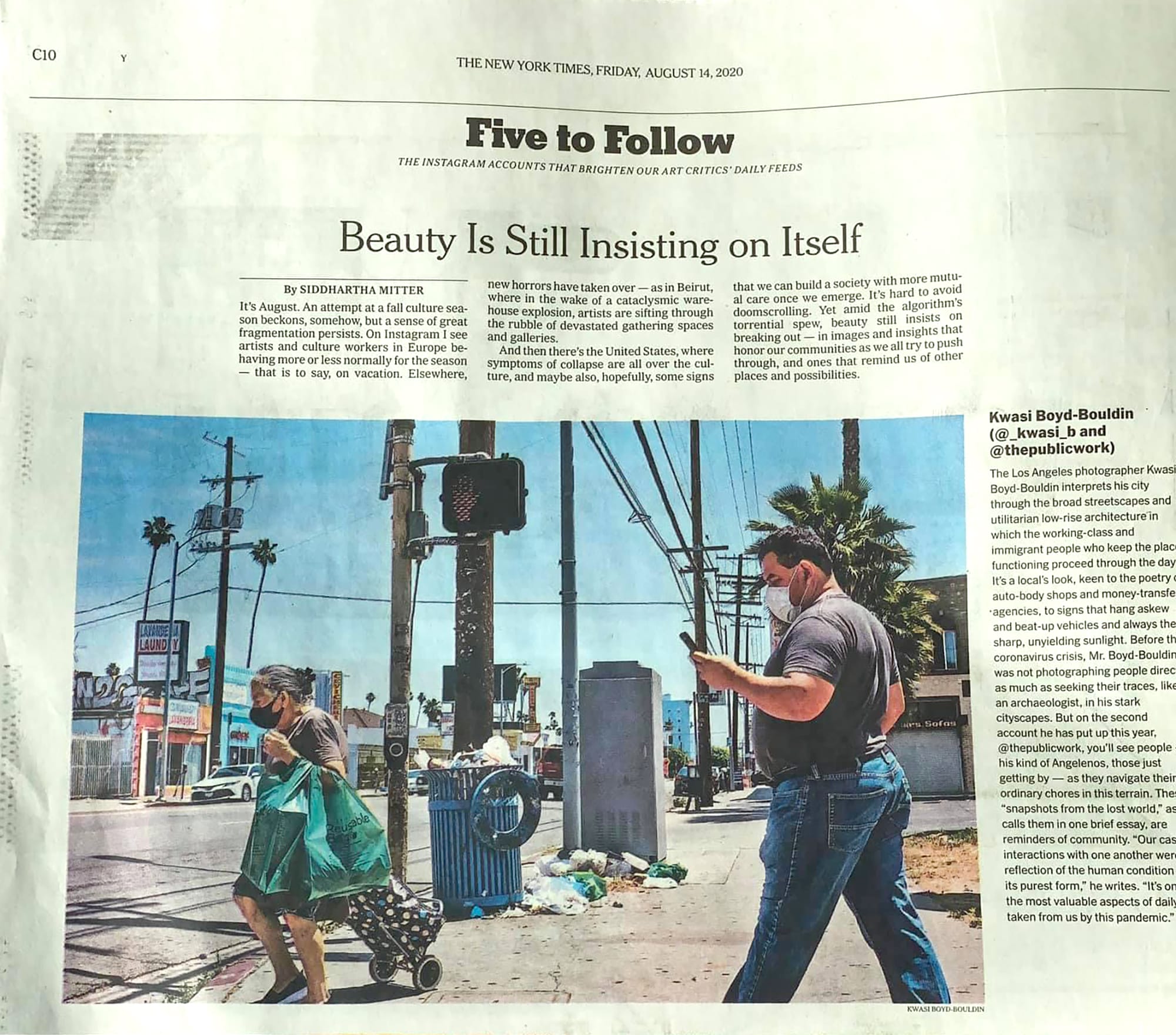
That's all I have for you all this week. Remember, the next Archival Recordings Zine is coming out next month, check out the online store for my back catalog or take it up a notch and subscribe to the paid tier of Archival Recordings to get 4 zines sent to you directly as soon as they are released.
